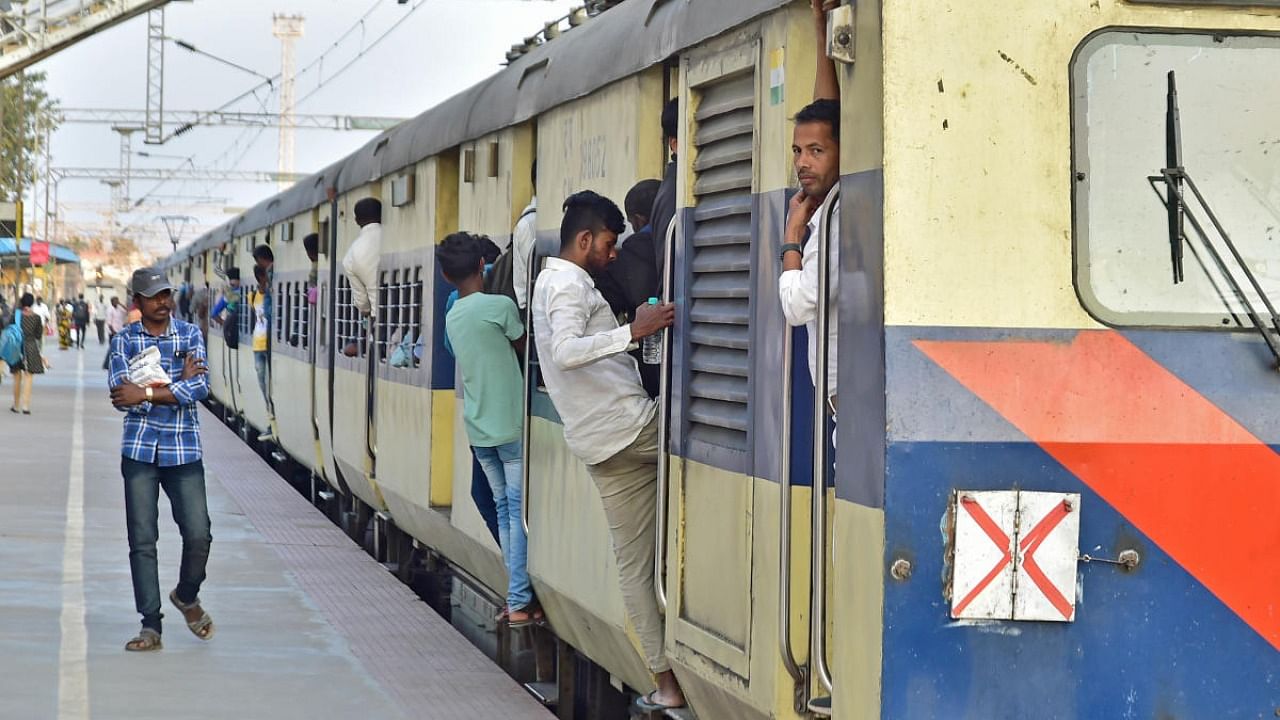
Almost four decades after its conception and going through multiple revisions in the plan, the city’s suburban rail project has finally got a formal, foundational start with a total length of 148.17 km across four main corridors.
The works have officially commenced with the Prime Minister Narendra Modi laying the foundation stone for the project this week, promising the project’s completion in 40 months. DH spoke to a cross-section of Bengalureans to better understand how the new railway system is going to benefit them and what are their expectations from the project.
Everyone who DH spoke to are unanimous about the project’s most important benefit: Decongestion of the city roads. Dhananjaya S T, an entrepreneur, says, “The traffic load on Mysuru road, Tumakuru Road, K R Puram, Hebbal etc will be drastically reduced. It will also benefit the common man because the fares charged by Namma Metro are relatively expensive, but the suburban rail charges will be economical as we have seen in other cities like Chennai and Mumbai. We should have had this rail system very long back, but nevertheless I am glad that it’s finally happening now.”
But he is a bit sceptical about the project getting completed in 40 months. “Because, none of the projects, the Metro included, have been commissioned before the deadline. However, when it eventually gets completed, the project will be really beneficial to the people, especially for people coming from the outskirts of Bengaluru,” he adds.
Vincent Varghese, a businessman from Kaggadasapura, shares the same sentiment.
“People from the outskirts of Bengaluru are finding it hard to come to the city for work regularly, so the suburban trains will be very useful for better connectivity. Farmers from the outskirts can bring their produce to the city with much ease in trains than by road.”
He continues, “Travel costs would also be a lot less. I suppose these suburban rails will cut down travel time by 50% which will be great for the city.”
Acquisition of land and building stations, he says, will be a Herculean task. This will hamper the project’s timely completion in 40 months.
“At the Kaggadasapura level-crossing, a railway bridge has been approved by the government, but for many reasons the project has not been started. One of the reasons is that landlords don’t want to give up their lands,” he adds.
There will not be much of a difference between fares of Namma Metro and the suburban trains, as reported two years ago. Highlighting this, Bhoomika S, a student, says, “If the fares charged by Metro and suburban rails are almost similar, then it won’t be that beneficial because a lot of people would prefer BMTC buses as they are much cheaper. Unless they actually lower the prices and bring out the project effectively I don’t think it will decongest the city.”
She opines that as the city is expanding rapidly, the coverage of this rail network should also expand accordingly.
M K Balasubramanya, a civil engineering expert, shares his concerns on how the authorities will deal with issues such as land acquisition, protective fencing along the grade routes, removal / relocation of the existing underground services, locomotive power system method selection, etc by keeping in mind the expected Rate of Return (ROR) over the years.
“I presume the authorities will adopt the latest construction techniques to finish the project on time with low cost and world-class quality, as we have all seen in the recently inaugurated Baiyappanahalli terminal,” he notes.
As a professional well experienced in the construction sector, he suggests: “The concerned authorities should look into some of the important aspects such as ensuring that the exposed concrete structures are protected with a good quality protective coating. To reduce design costs and construction time, the same station design can be used everywhere. Latest techniques for rainwater drainage facilities along the railway track should be adopted to avoid water logging,” he elaborates.